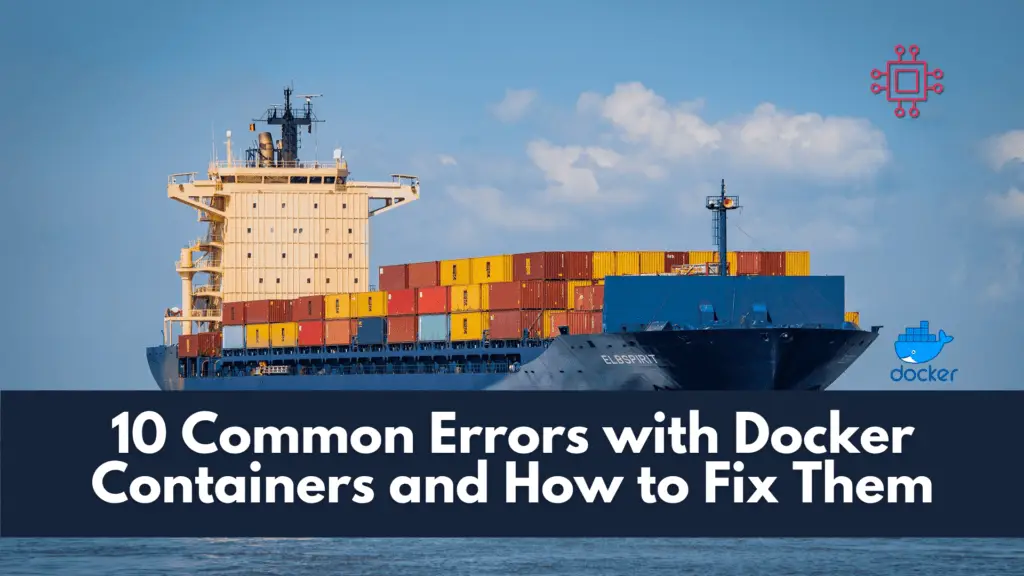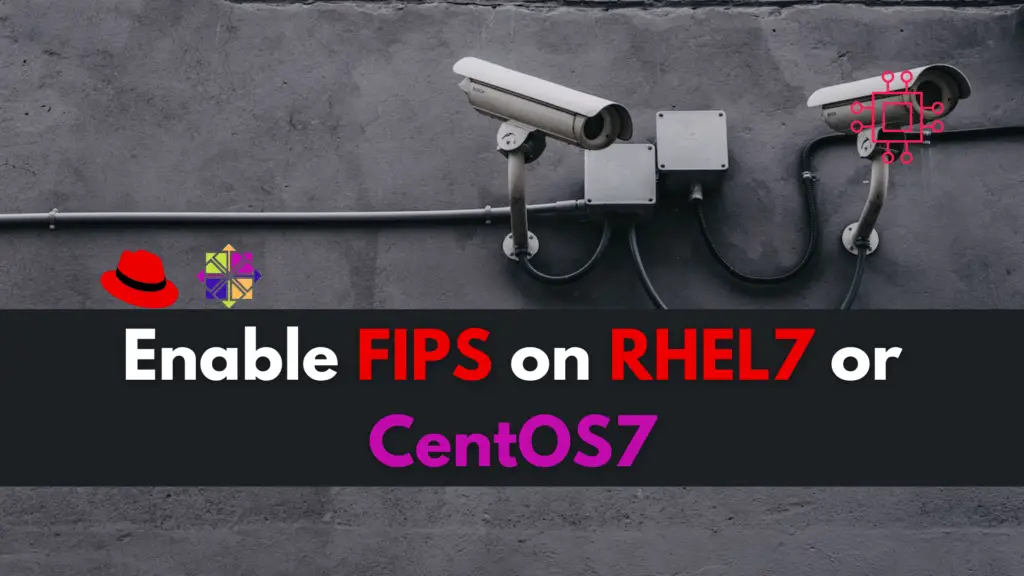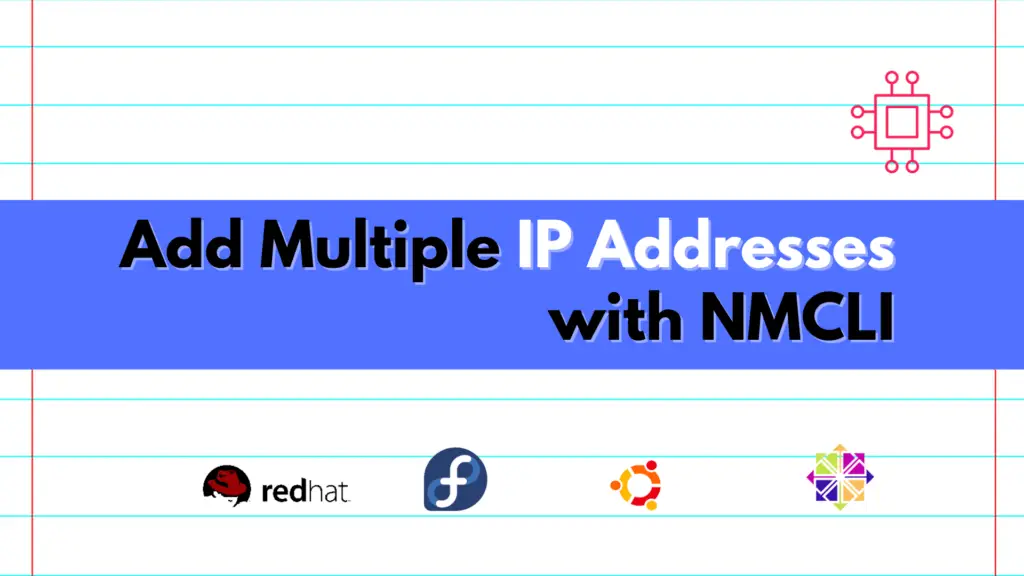Creating GPT partitions in Linux

Creating GPT partitions in Linux empowers IT professionals with a modern and robust method for efficient storage management, offering advantages like larger drive support, data integrity, and enhanced system security. Table of Contents Introduction In the ever-evolving landscape of information technology, efficient data management and storage are critical components for any system’s success. Partitions play […]
10 Common Errors with Docker Containers and How to Fix Them

Troubleshooting made easy: Learn fixes and solutions for common Docker errors in this comprehensive guide. Enhance your container management skills and ensure seamless deployments. Table of Contents Introduction Docker containers have revolutionized the way we develop, deploy, and manage applications. However, even with their numerous benefits, working with Docker containers can sometimes lead to challenges […]
Enable FIPS on RHEL7 or CENTOS7

Are you a Linux professional looking to enhance your system’s security measures? Learn how to enable FIPS on your RHEL7/CentOS7 machine and ensure compliance with the Federal Information Processing Standard (FIPS) guidelines and standards. Table of Contents Introduction In the world of information security, compliance is essential. The Federal Information Processing Standard (FIPS) is a […]
Securing a PostgreSQL Database

Protecting your valuable data is crucial in the digital age, and one of the most important steps you can take is securing your PostgreSQL database with these ten essential strategies. Table of Contents Introduction PostgreSQL is an open-source relational database management system that is known for its scalability, reliability, and robustness. It was first released […]
Secure SSH with Ansible

Learn how to secure SSH with Ansible and protect your Linux systems from unauthorized access with this step-by-step guide. Table of Contents Introduction Ansible is a popular automation tool that is used for managing IT infrastructure. It was developed by Michael DeHaan in 2012 and has since then become one of the most popular automation […]
Add multiple IP addresses using NMCLI

In this article, we’ll show you how to quickly add multiple IP addresses using NMCLI, a powerful command-line tool for configuring network settings on RHEL8/9 or CentOS 8/9 OS, streamlining your network administration tasks. Table of Contents Introduction NetworkManager Command Line Interface (NMCLI) is a tool that allows network administrators to configure network settings on […]
Hacking the Hackers: How to Protect Yourself from Cyber Attacks

As a Linux professional, you know the importance of protecting your system and data from cyber attacks – learn how to do just that with these expert tips on how to protect yourself from cyber attacks. Table of Contents Introduction In today’s digital age, cyber attacks are becoming increasingly prevalent and sophisticated, posing a serious […]
Install and Configure Apache Hadoop on Linux

Learn how to install and configure Apache Hadoop on Linux, the open-source framework that revolutionized big data management with its fault-tolerance, scalability, and support for various data processing frameworks. Table of Contents Introduction Apache Hadoop is an open-source framework used for distributed storage and processing of big data. It was initially developed by Doug Cutting […]
Big Data – The Big Picture: How Big Data is Changing Our World

Linux professionals can unlock new career opportunities and stay ahead of the curve by harnessing the power of big data, a transformative technology that is changing our world. Table of Contents Introduction Big data is a rapidly growing field that has transformed the way we store, process, and analyze large amounts of data. The rise […]
Install and Configure Redis on RHEL9/CentOS9

Looking to Install and configure Redis for your next project? Look no further! Redis is a versatile and high-performance data structure store that can be used as a database, cache, or message broker. Our step-by-step guide on how to install and configure Redis on RHEL9/CentOS9, along with examples of its basic usage, will help you […]
